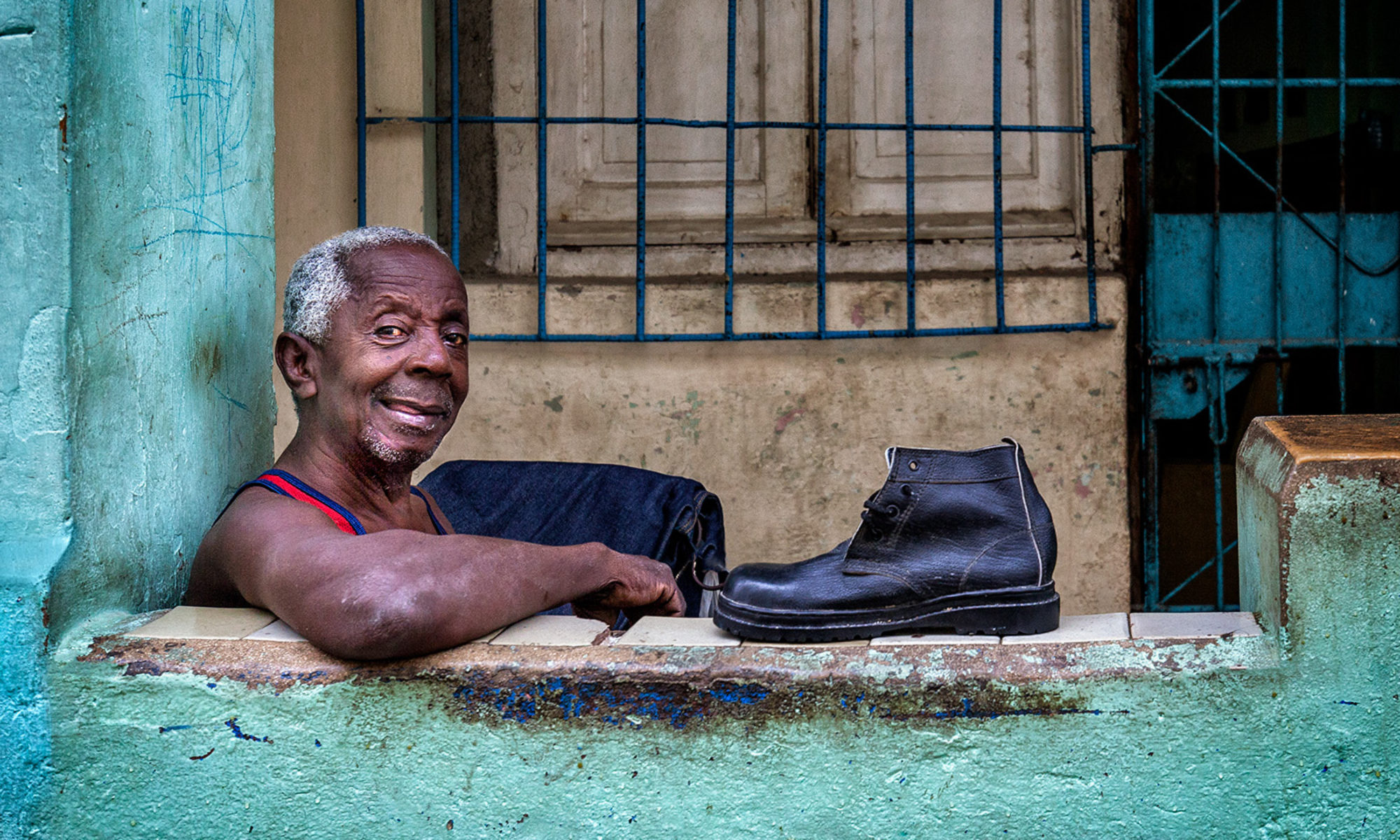As part of our restart program in 2021 we are presenting a few of our members Biographies and experiences in the Art of Photography and where better to start than our esteemed member and highly respected Judge Tillman. In this article he describes his journey in photography from his beginnings in traditional film photography to his up to date approach to digital photography.
Thank you to Tillman for allowing us to showcase his outstanding contribution to the Art of Photography.
Tillman Kleinhans ARPS EFIAP/g DPAGB BPE4*: A 50 year Retrospective
On the 23rd of February 1971, I bucked the family trend and got a camera (Zenit B + Helios f2 lens) for my 21st birthday instead of a posh fountain pen. 50 years on and without a break, I’m still as passionate (Marj, my wife, says obsessive) about photography as I was then – probably more so.
What made me decide to get a camera? At that time in my life I was at Teacher Training College and when I should have been revising for Chemistry and Physics exams in the college library, I would find myself distracted by the Amateur Photography magazine. Those and the subsequent Photography books I would read (when I should have been studying!) fuelled a desire to have a go at photography to fill an ‘arty’ void that I wasn’t ‘allowed’ to pursue at school.
Within weeks of getting the camera, I had moved the wardrobe in my bedroom and turned the resulting alcove into a makeshift darkroom and started monochrome printing. That and colour transparency became the mainstay of my photographic output during the BC years (Before Computer). I joined The St Helens Camera Club in 1976 (still a member!) and in 1979, encouraged by my Mother in Law, I successfully applied for my LRPS using monochrome prints. During the mid 80s I was invited to become an L&CPU Judge and Lecturer – I’m now also a PAGB Judge. Although I would photograph any subject, I found that I most enjoyed producing images that were a little ‘different’ from the usual camera club fare and I particularly liked architectural graphic and abstract images. I also realised that the image was more important than the way it was produced and this idea led to some good debates over the years, especially during the home processed v trade processed prints ‘debates’ of the late 80s and early 90s and more recently with ‘Photography v Digital Art’ discussions.
I started the transition from film to digital in 1996, but it wasn’t until 1999 that I decommissioned my last darkroom, which meant I no longer had to share the utility room with the cat or my wife, as I would scan and digitally print my negatives and slides and I could now do my own colour prints. Within a few more years I had sold all my film cameras and had gone totally digital. In 1998 I achieved my CPAGB with colour slides, in 1999 my DPAGB using prints and 2000 saw my successful ARPS application in Visual Arts with a mono print submission based on patterns and textures.
I have really enjoyed the AD years (After Digital) which opened up a whole new range of possibilities for the creative photographer, and I look forward to the photographic challenges of the future.
Fortunately, spending all that time reading and learning about photography didn’t stop me becoming a Science teacher, a career that lasted 39 years until my retirement and I was fortunate to be able to teach photography at all the schools in which I worked.









